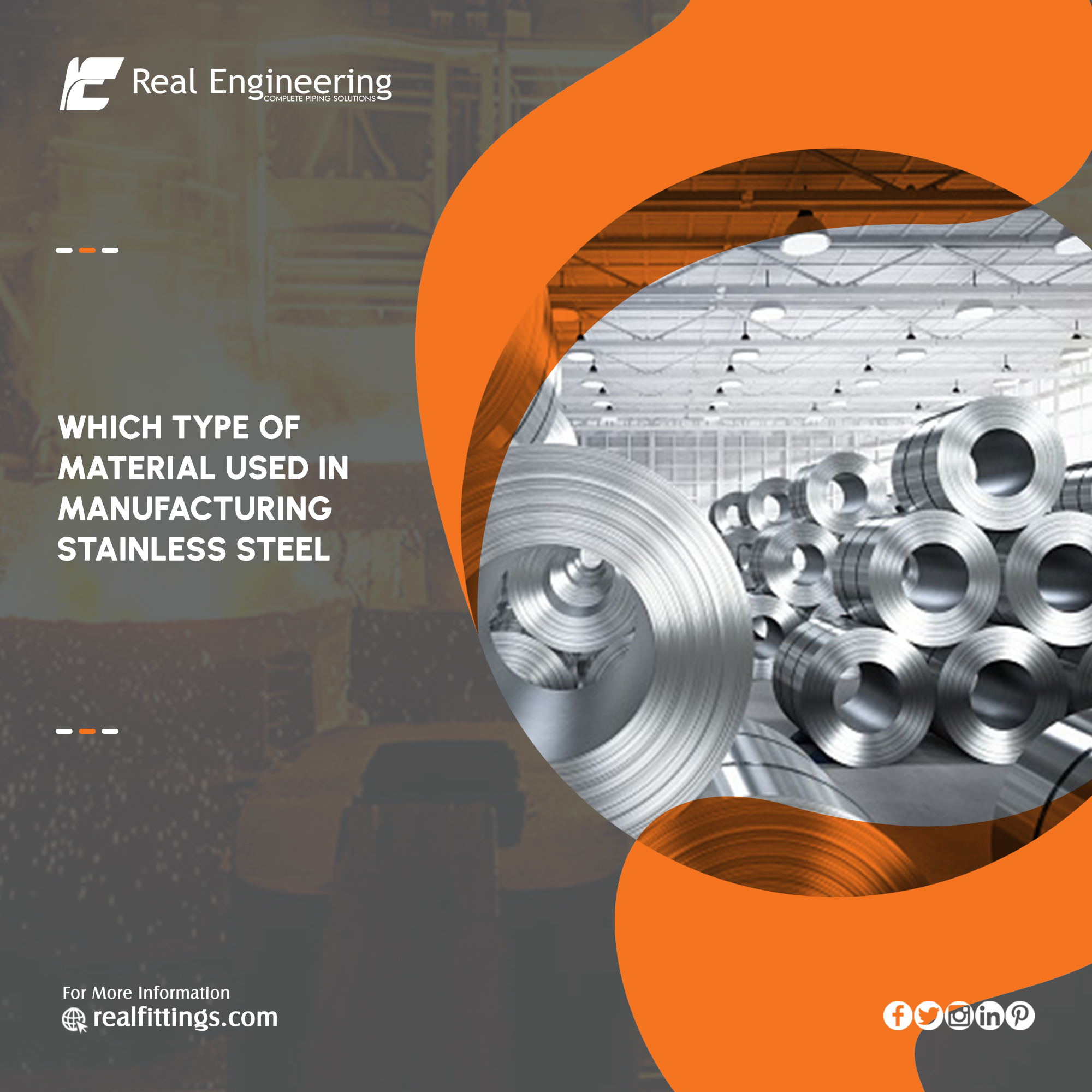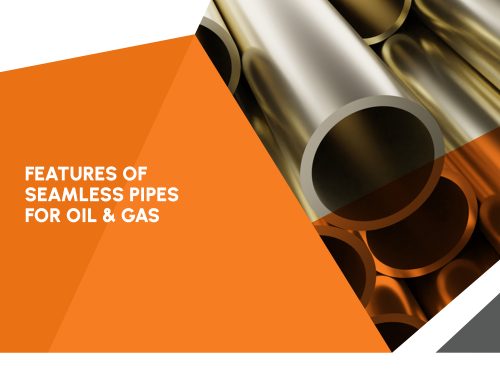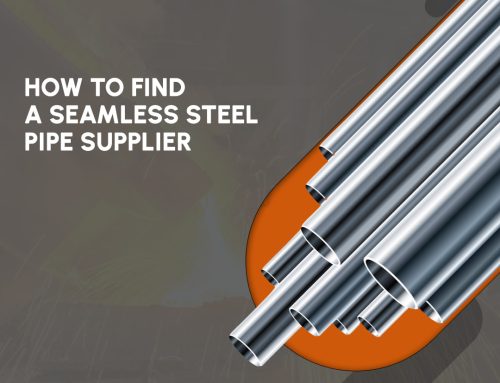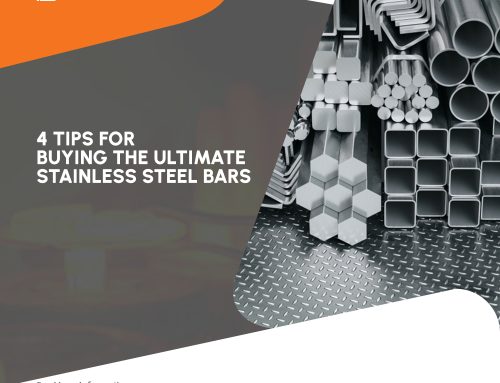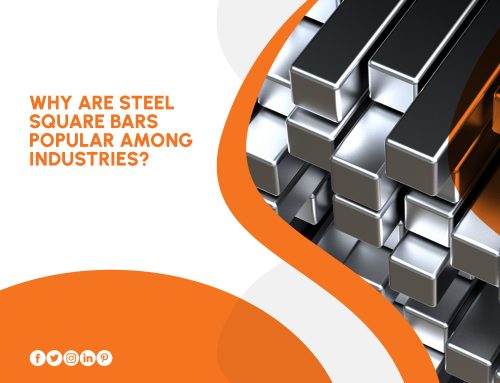You may be acquainted with the effects of materials stainless steel bars manufacturers, including how level 304 stainless steel seems to have protection against corrosion or how heat treated and strain 430 stainless steel has an extremely high toughness. Even so, one frequently asked inquiry is, “How is stainless made?”
Although real engineering Steel does not produce stainless steel gold bars as well as wires, the production team works with stainless steel steel on a regular basis. Recognizing how to interact with multiple types is an important part of learning how and where to collaborate with them.
What Is Stainless Steel?
Before we get into how corrosion resistance is made, it’s important to understand what stainless is and how it differs from plain steel.
At even the most basic, steel material is an iron alloy with other components (such as copper, metals, molybdenum, as well as dioxide) that is much more extremely durable than plain iron or steel.
These stainless steel components, including such nickel, cadmium ( cd, and other additives, provide a protective passive barrier that protects rust formation and produces a shiny, reflector.
When compared to flat steel, the brightness of steel material is very challenging to besmirch, that’s why it is named “stainless” steel.
Raw Material
When raw ingredients such as copper, iron and steel, cadmium ( cd, transistors, molybdenum, and many others are started to melt around each other, stainless metal is founded. Stainless steel material contains a number of basic chemical components that, when combined, form a powerful iron oxide.
The sort of stainless steel is determined by the percentages of stainless steel metals like iron, copper, cadmium ( cd, molybdenum, as well as carbon (among many others). The iron-to-other-materials ratio influences the strength of the barrier protection oxide film, the metal’s resistance to chemical corrosion inhibitors, and a few other factors.
The different kinds of stainless metal materials are produced by the various ratios of stainless metal parts. Each distinct mixture of stainless steel is made reference to as a “degree,” including such grade 304 alloys, grade 316 alloy steels, or grade 420 alloy steels.
How Is the Stainless Steel Made?
First, when stainless steel bars manufacturers, the automaker must decide on the type of stainless steel they would like to produce.
This is significant because the grading system of stainless steel desired will affect the proportion of stainless structural steel components in a mixture, including such steel, carbon, nickel, and so on.
Because of the inherent risk of variability in the pureness of each component in the mash up, these proportions are really not exact—they’re perhaps on a spectrum.
Cutting and Shaping of Materials
Shaping as well as cutting Following the recrystallization process, corrosion resistance is subjected to a number of cutting as well as shaping procedures in order to produce a perfect finished version for the implementation.
The chore used it to cut the sheet metal will differ based on the scale as well as form of the ait, as well as the preferred final result. If making heavy steel trays, for instance, the steel could be cut mechanical means with big metal scissors.
In the meantime, CNC punching or laser etching machines can be used to trim shapes out of slimmer steel plates. Marlin Steel’s production team frequently uses cutting laser beams and CNC punch computers to create unique steel silhouettes from sheet metallic surfaces.
Also Read:
The Use of Seamless Pipe in Construction
